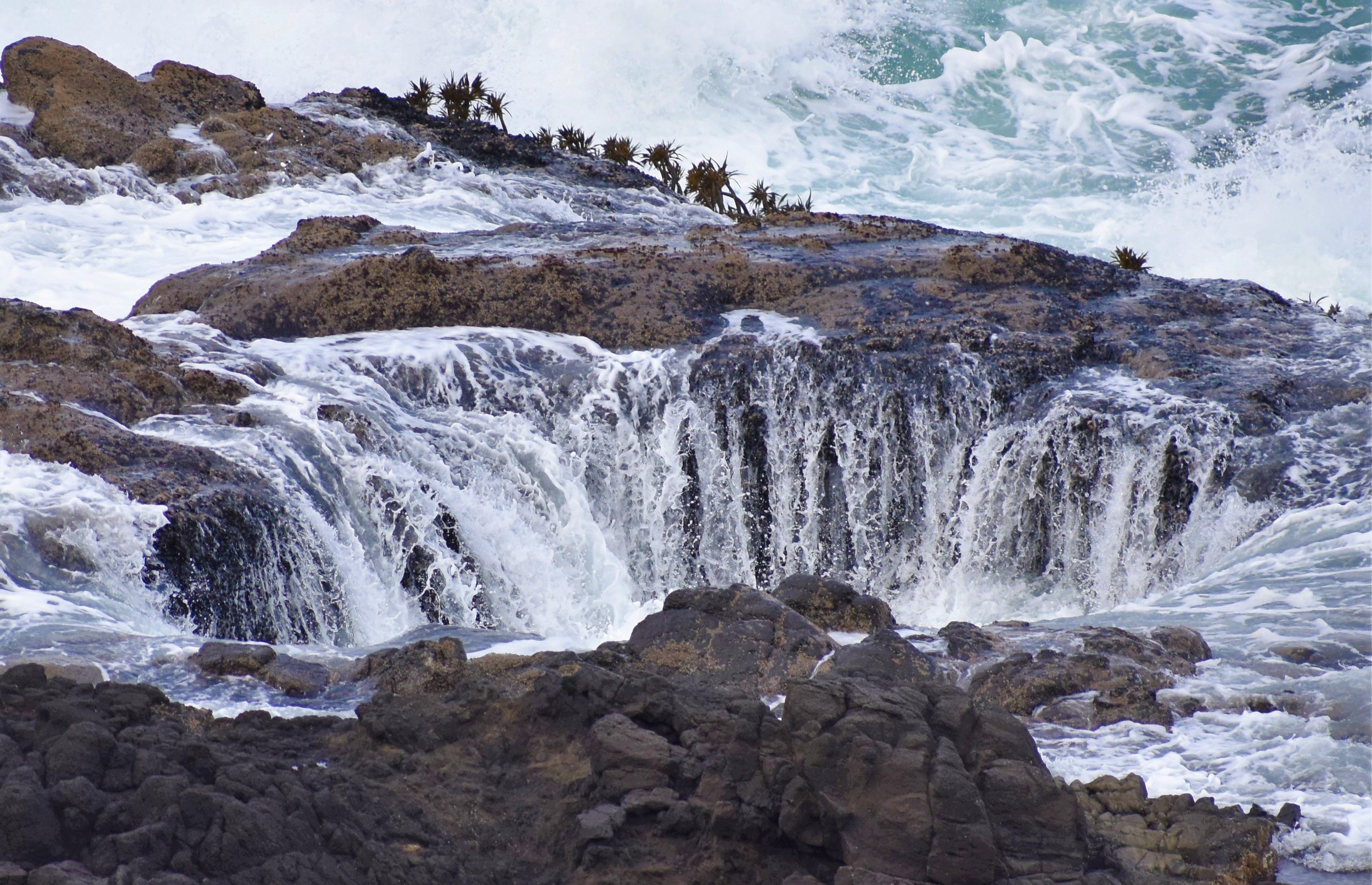HOLES IN THE GROUND: Finding a road to Hell
/“Go to hell!” Don’ take that personally. I’m not mad, and I’m not suggesting travel plans. I’m just reflecting a human preoccupation with finding an actual underworld. The concept of a hell was already a staple of Greek and Roman belief Millenia before the birth of Christ…and one that stretches far back into folklore.
Anyone who would actually find this subterranean torture chamber would be doing good for his faith, for history—and certainly the personal fame wouldn’t hurt. So the search was on. Typically, mythologies described this afterlife as a realm under the Earth’s surface. Consequently, people scanned the Earth for a possible physical opening into that world. Explorers have reported dozens of such possible portals, including volcanos…locations in Nicaragua, Iceland, and China…a cavern beneath a castle in the Czech Republic...and even a stand of woods along a road in Pennsylvania.
The most intriguing candidates are literal holes in the ground. But often, the idea of descending carried warnings of terror, and even a face-to-face with the devil himself.
What follows are three of those stories, based on real-life sites.
The Gouffre de Padirac is the most famous cave in Europe. Its opening is a giant hole in the Earth, more than 100 feet wide, plunging down almost 300 feet. For centuries, neighborhood residents stayed far away. Their skittishness was fueled by local legend.
The story goes like this. St. Martin and his mule were traveling the region back in the fourth century, trying to evangelize the locals. He wasn’t having much luck. Then, Satan appeared in the road next to the hole, carrying a large sack of lost souls he had captured. St. Martin coveted those souls, and begged the devil to relinquish them. The devil sneered and said derisively, “I tell you what. Why don’t you just have that mule of yours back up, start running and jump over that hole. If he makes it, the souls are yours.” Well, apparently St. Martin figured, “heck, I can always get another mule.” So, he agreed.
And you’ll never guess what happened next—THE MULE CLEARED IT!
Satan angrily forked over the bag and, in a rage, leaped down into the abyss. From that point on, people stayed away—after all, who wants to confront an angry devil?
That caution lasted until 1889 when explorers decided to take the plunge, and made their way down a ladder along steep, verdant walls to the bottom. What they encountered was not some version of hell, but instead as close to a geological heaven as you could hope to discover. When the explorers turned on their lanterns and began walking, they found a masterpiece of nature--a series of vaulted caverns, some as towering as St. Peter’s or Sagrada Familia. Narrow ledges wended between massive, proud stalagmites…and beneath impossibly dangling stalactites. All shimmered with the wet drippings of ancient limestone, creating rainbow pools. This was Dr. Seuss meets Salvador Dali, with colors stolen off the palette of Monet.
Connecting this massive natural diorama was an underground river that spans nearly 14 miles. The entire world is truly staggering. Tourists began visiting in 1899, and today you can board small sightseeing boats to witness this marvel for yourself. If you ever have the chance, do it. And you can do so without anxiety. The devil has yet to be located.
Over five thousand miles away, on the very edge of Oregon’s Pacific coast, lies another strange hole in the ground. It’s not nearly as wide or deep as Padirac, but it’s scarier. It’s surrounded by rocks and ocean, and at high tide, every wave floods the crater with water spilling in from all sides. However, it never fills up. No matter how much falls in, none ever flows back out. You could assume that eventually it would drain the entire sea.
It’s known today as Thor’s Well. Geologists figure the opening was once an oceanfront cave, hollowed out by waves over thousands of years. Eventually the roof of the cave collapsed, which formed the opening. But part of the floor did the same thing, meaning that all of the water spilling into the well simply flows invisibly back into the ocean.
Previously this was known as the Devil’s Drainpipe, but maybe locals thought Satan was getting too much notoriety so they changed the name. In any case, there’s no question that devilish danger surrounds it. Amateur photographers are drawn to the rim while water rushes by their calves—and that water can easily sweep a bystander off his feet and into the chasm. There are reports of people falling in—but none ever being rescued. The combination of ice-cold temperatures, the jagged lava rocks lining the well and the perpetual downward drainage makes for very long odds of survival.
The image above of Thor’s Well is arresting—and a sure sign that in this case, the devil did not claim another victim.
Alepotrypa “lovers”, c. 3,500 B.C.
At the southern tip of Greece lies a far less impressive hole in the Earth. It’s really just a slit among oceanside boulders. But archaeologists say it may represent physical evidence explaining how the very concept of a hell first began.
Thousands of years ago, the Alepotrypa cave was home to a group of humans. Why they wound up underground is unknown (slavery?) Chambers in the cave were used by a nearby village as a burial site, a place for rituals, and for storage. Scientists believe burials began between 6,000 and 32,000 B.C. They also speculate the site may be linked to tales of a place called Tainaron, which ancient mythology described as the entrance to hell.
Dung fires provided heat and light for the cave dwellers, and made for a lot of visible grime and a malodorous stench when they emerged. With the fires burning behind them, it wasn’t hard to picture a “hell” as we’ve come to know it. Locals may have understood what was going on, but this was also a holy site of pilgrimage for untold legions from far away. Imagine their tales of cave wretches emerging from an underground of skeletons and flames when those pilgrims made their way back home. There was even an underground river feeding the cave, which could easily have modeled for the river Styx.
s there a hell? Well, no one’s posted on Instagram yet. Meanwhile, science marches on with evidence dispelling ancient myths. We may find out one day that there’s no place worse than the hell that some poor souls are forced to endure on Earth.
# # #
Have a comment or thought on this? Just hit the Your Turn tab here or email us at mailbox@cascadereview.net to have your say.










